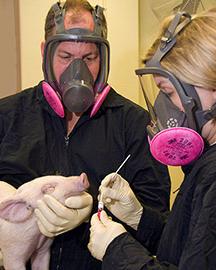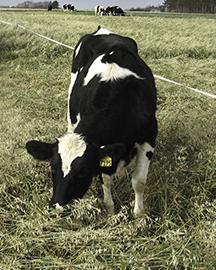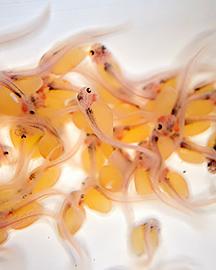One Step Closer to Understanding the Genetic Inner-Workings of Animals
ARS scientists in Clay Center, NE, and Beltsville, MD, have gained access to never-before identified regions of food animal genomes. Researchers have studied genomes, chromosomes, DNA, and other incredibly small building blocks for years, but now – using telomere-to-telomere (T2T) assemblies – they can better understand the biological and genomic basis for how animals differ. Telomeres form the ends of individual chromosomes, so T2T means that these new assemblies cover entire chromosomes, end to end. T2T research gives scientists the ability to fully sequence, map, and annotate/decipher all of the genetic code contained on a given chromosome.
The result is an extension of new science to animal breeding practices. Agricultural benefits of T2T knowledge include the ability to match animals more closely to the environment in which they will be raised; improve animal health; improve resilience to stress (heat and cold, etc.); and (potentially) change meat/muscle nutritional value to meet human nutritional needs, all while maintaining animal well-being.
Related Information
Research Project: Ruminant T2T Workshop 2023






